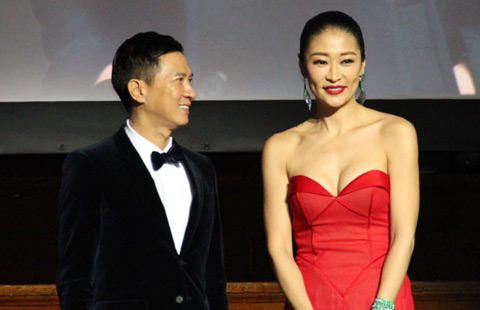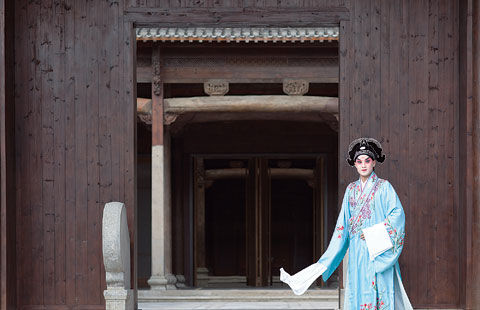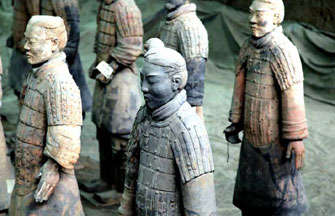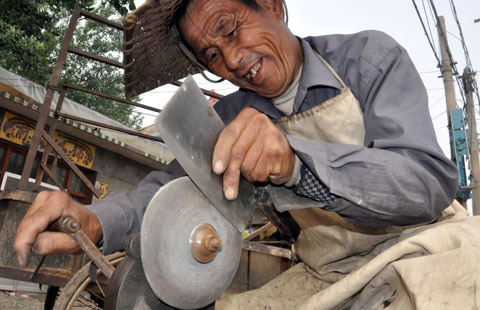Show unveils foreign artists in Germany
By Yang Feiyue ( China Daily ) Updated: 2014-12-09 07:29:42The exhibition breaks the stereotype that German culture can only be represented by artists born in Germany, says Ursula Zeller, the exhibition's curator.
"The exhibition does not want to export German art traditions, nor to juxtapose non-Western and Western art, nor to rehabilitate art from outside Europe," says Zeller.
It reflects a piece of German normality, and aims to use fine arts to show the emergence of an intercultural climate employed by migrating artists to stimulate, enrich and change a national art scene, Zeller says.
"All the selected artists have decided to live in Germany of their own volition. They are first-generation migrants who bring views, knowledge and stimuli from the outside," Zeller says.
One of the artists involved in the exhibition, South Africa-born Breitz, decided to move to Berlin after living in New York for 10 years.
She made the decision because the inclusive German culture didn't make her feel like she was "only" a foreign artist, and she had both opportunity and freedom to create.
Her work on display features video interviews with a pair of Korean twins living in Canada; she wanted to find out how two individuals born and raised in similar experiences can turn out to be different and how they influence each other's life.
After the Beijing show, the exhibition will also be presented in other areas of China, including Nanjing, Wuhan, Chengdu, Hangzhou and Chongqing.
- Artist creates a world of light and shadow
- Zhang Jie accepts int'l artist of year award in LA
- Artist Jiang Dahai showing abstract paintings
- US artist renovates old house into fairy tale cottage
- Peking Opera should hold Chinese identity: artist
- Artist creates terracotta girls to highlight sex imbalance
|
|
|
|
|
|
|
|
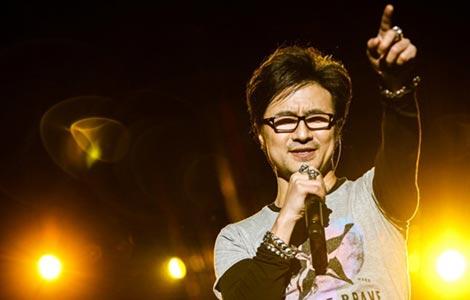
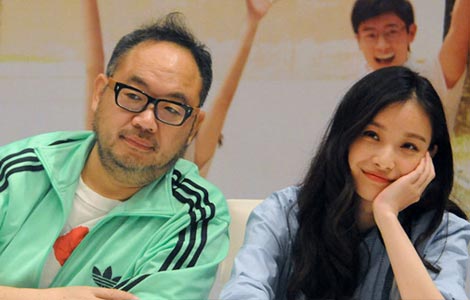
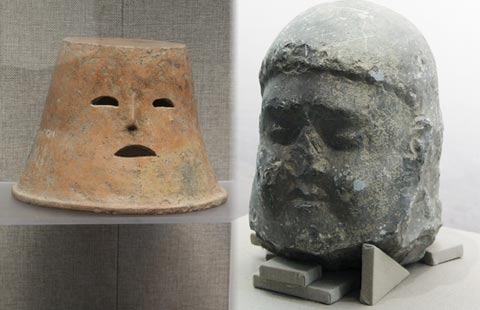

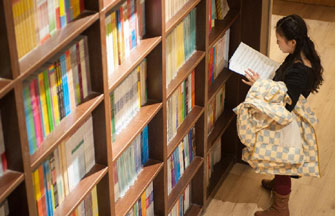
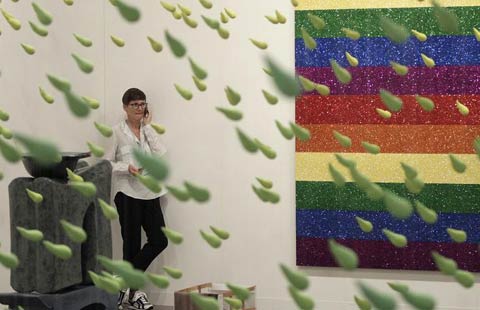
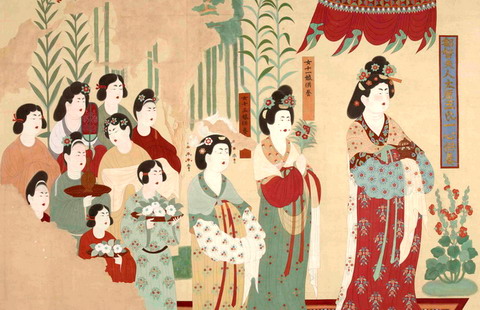
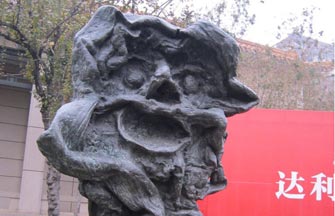
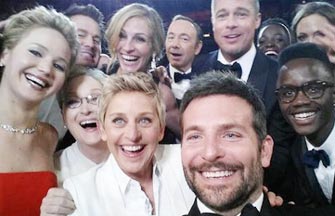
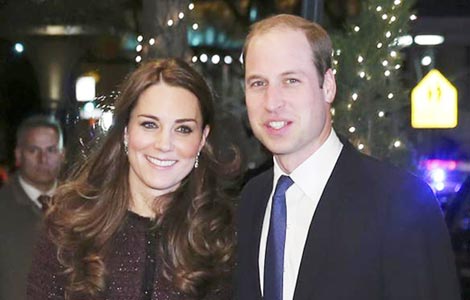


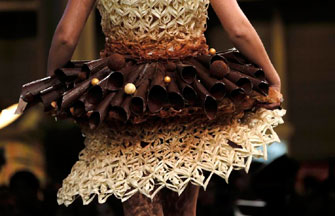







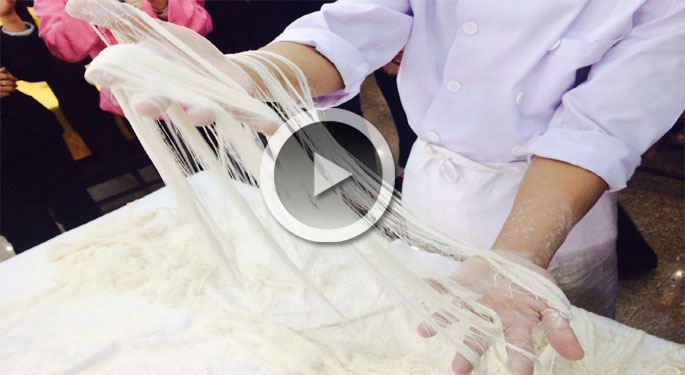
 Raymond Zhou:
Raymond Zhou: Pauline D Loh:
Pauline D Loh: Hot Pot
Hot Pot Eco China
Eco China China Dream
China Dream China Face
China Face
